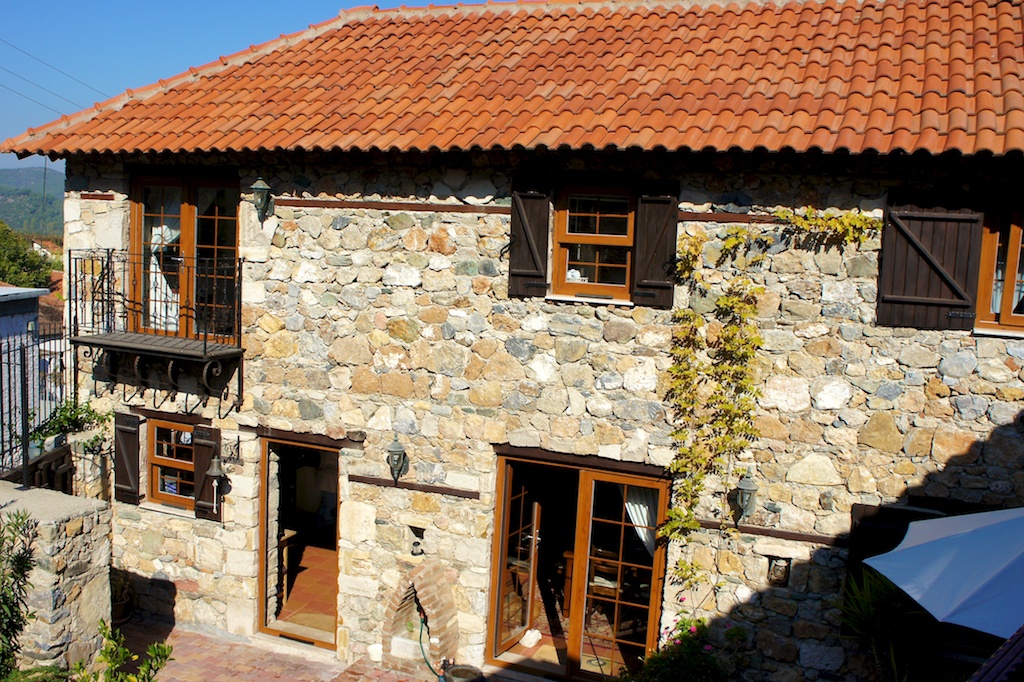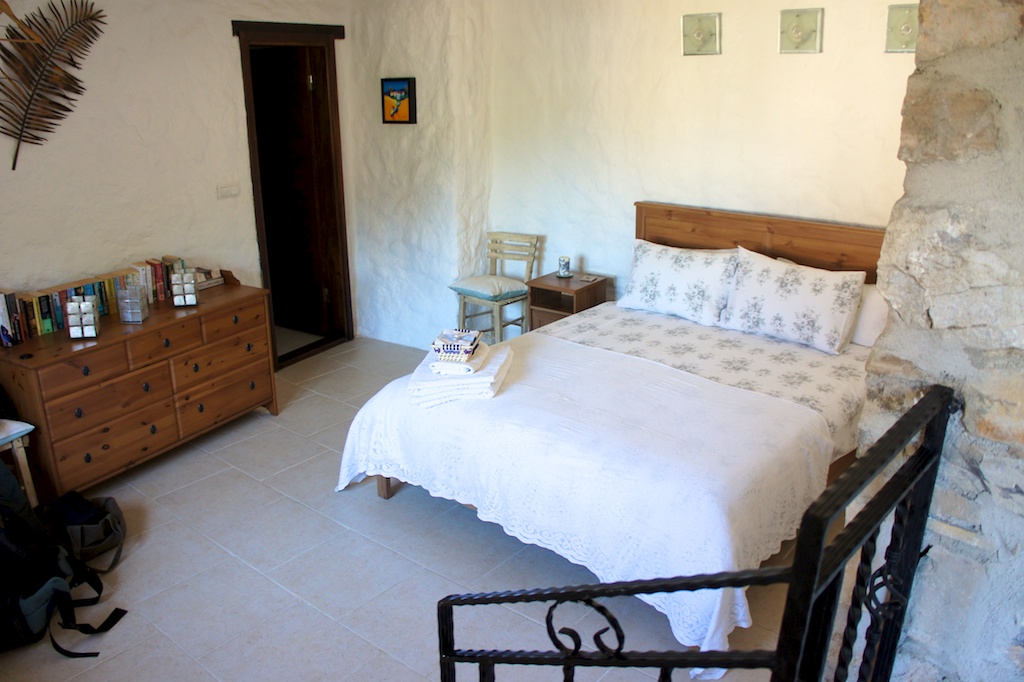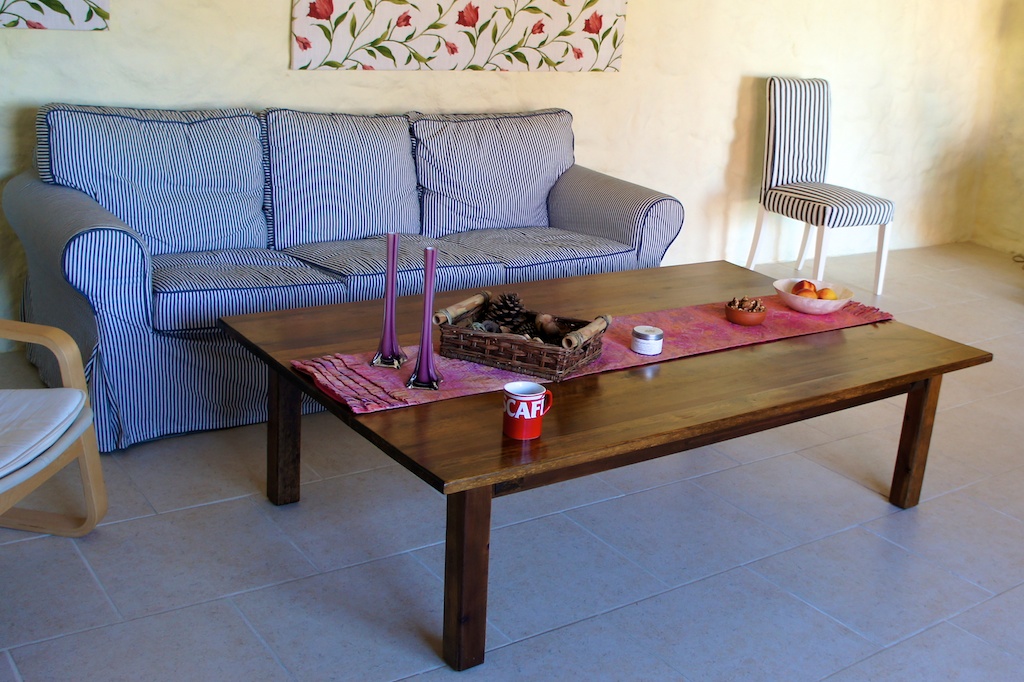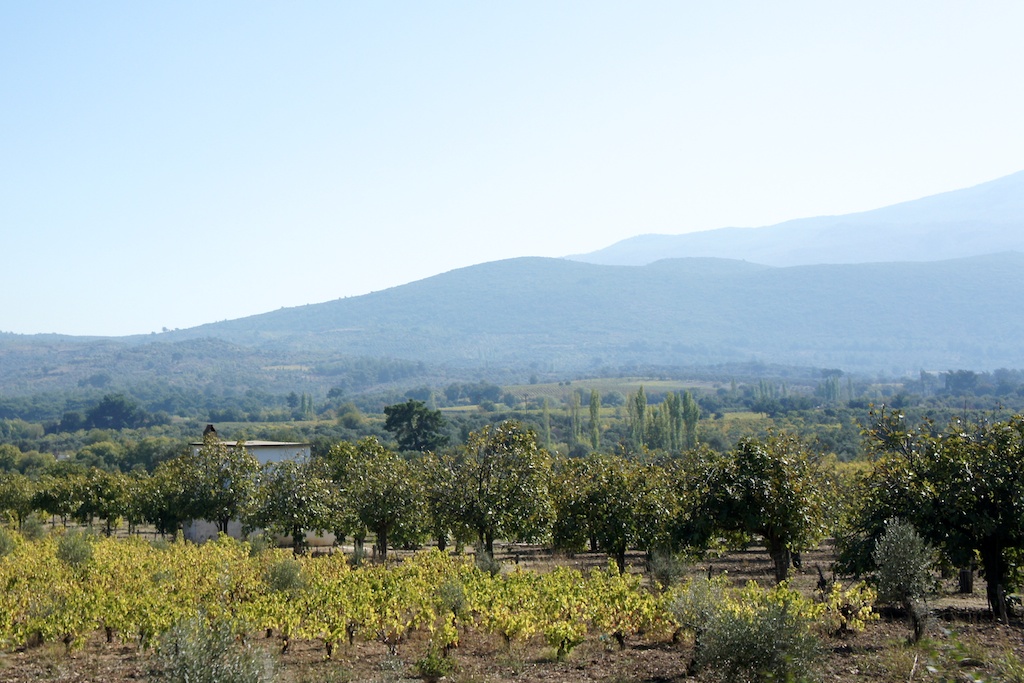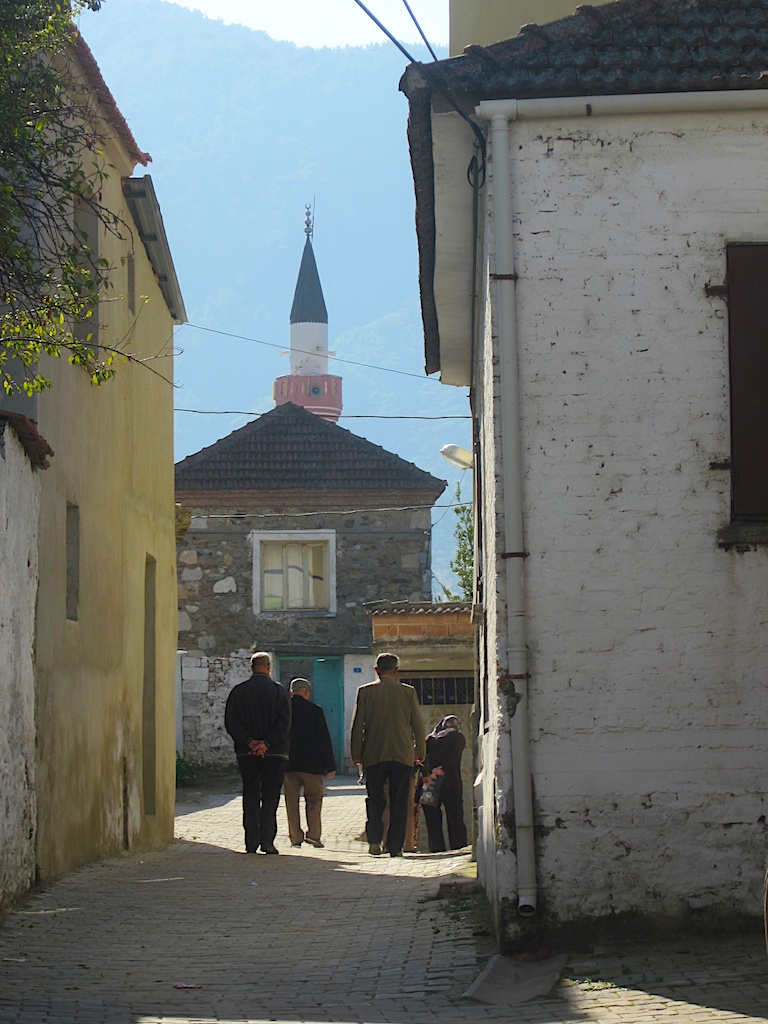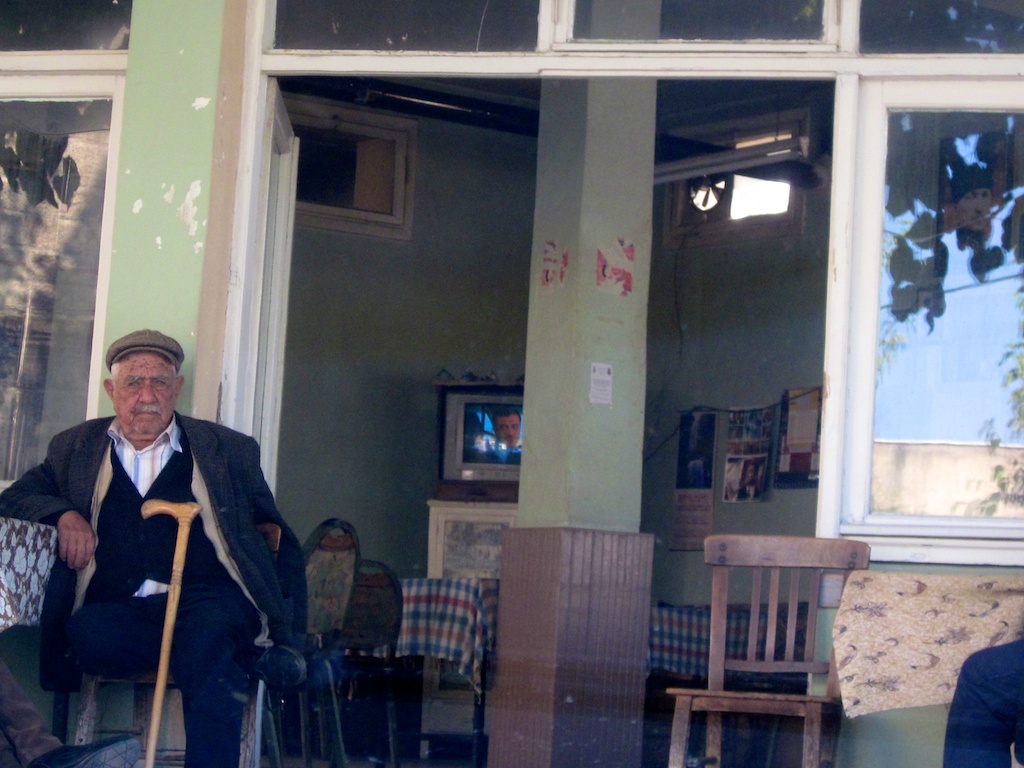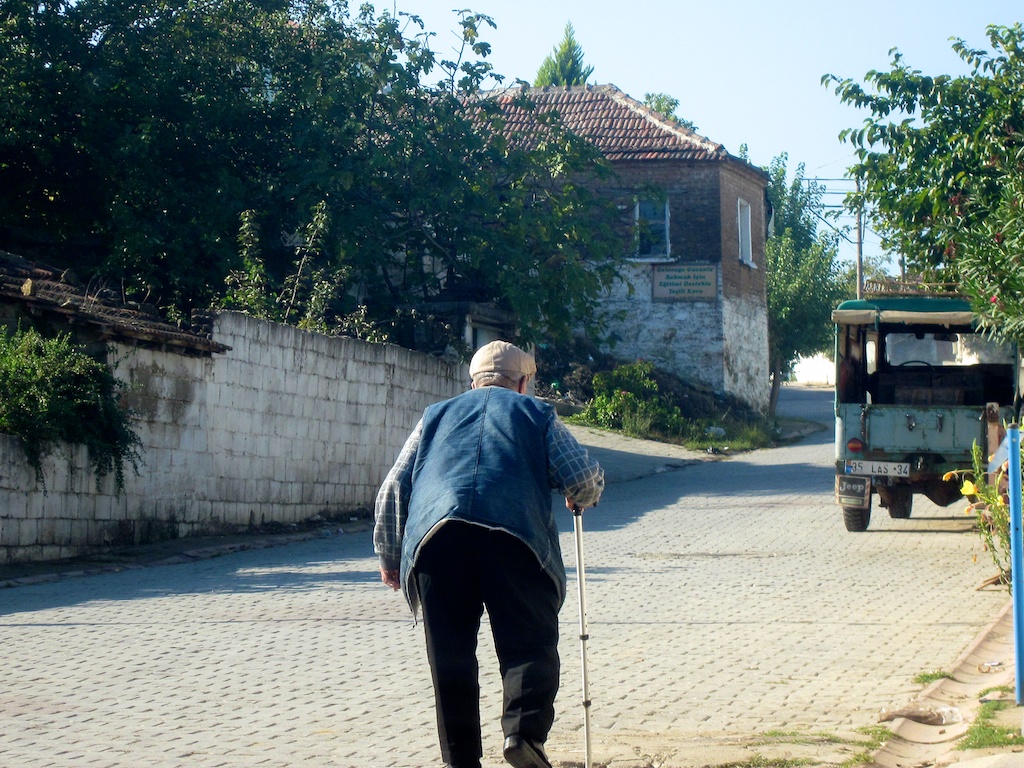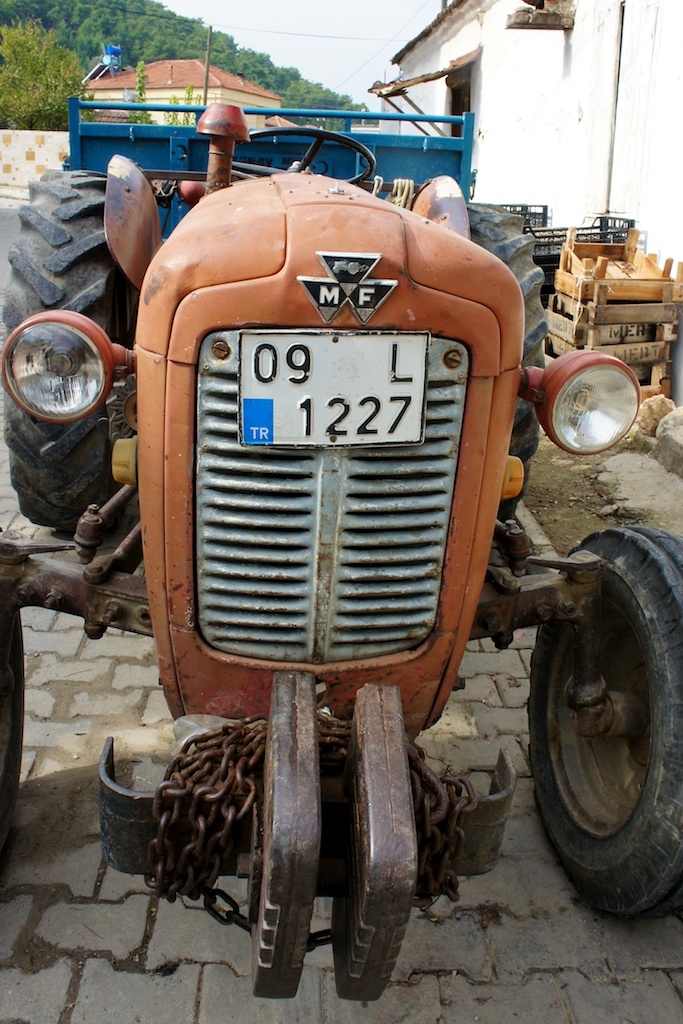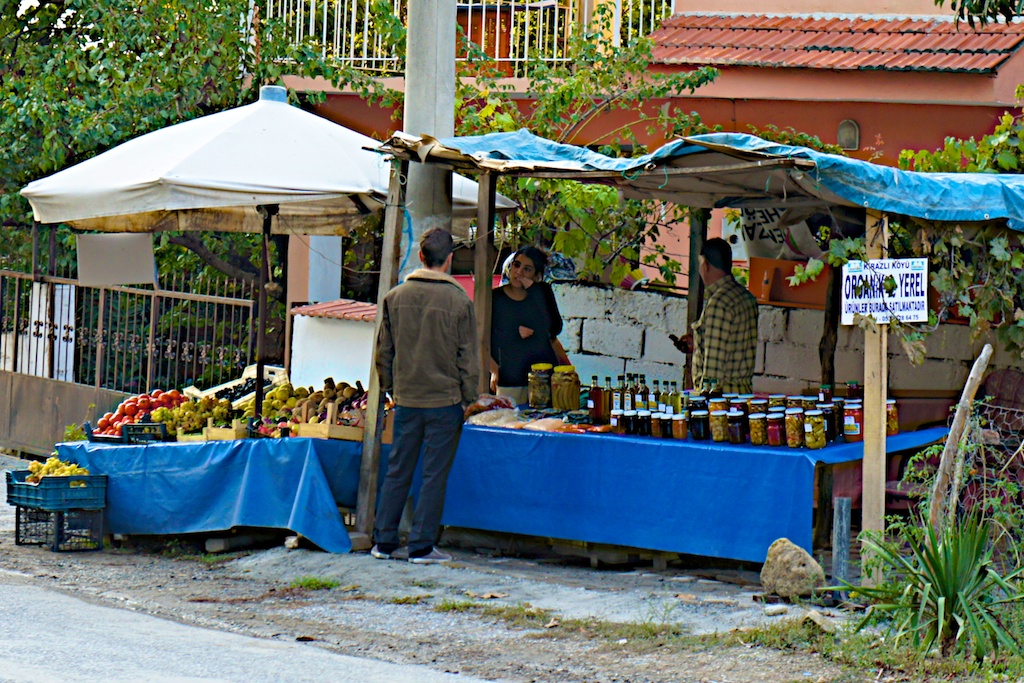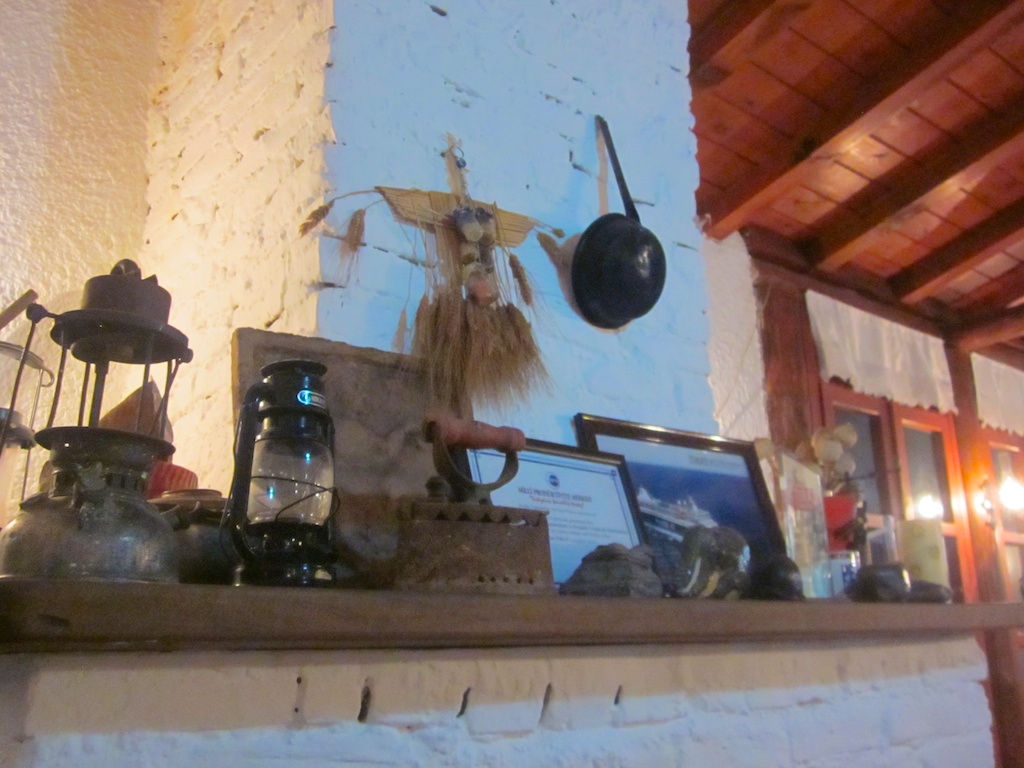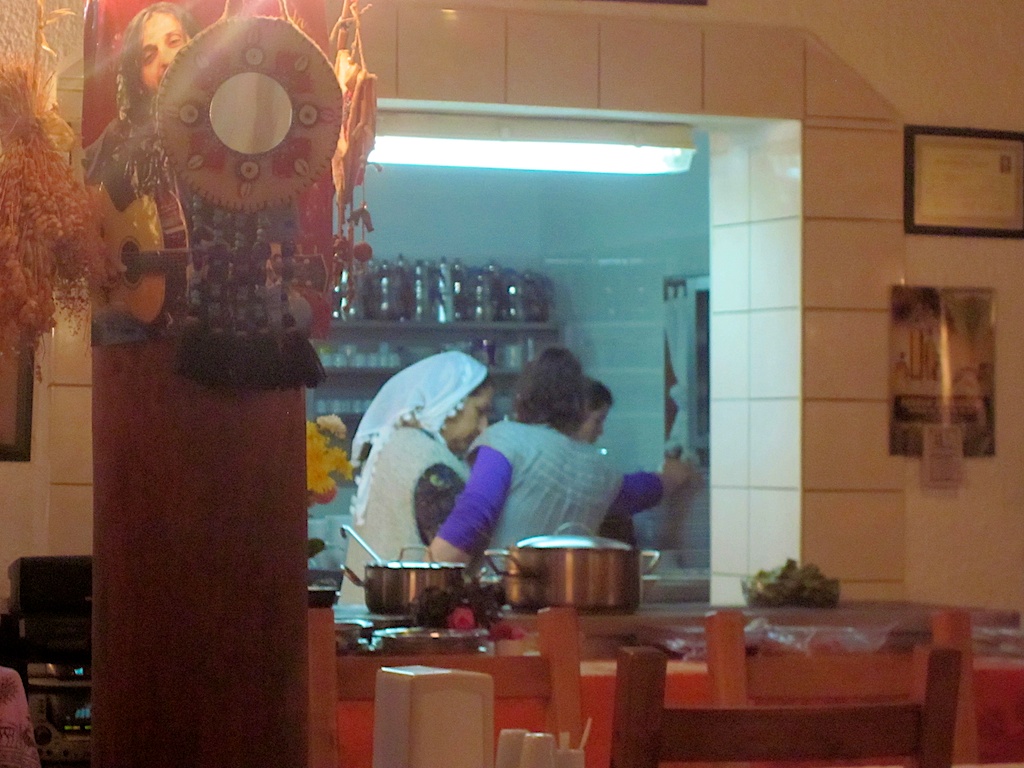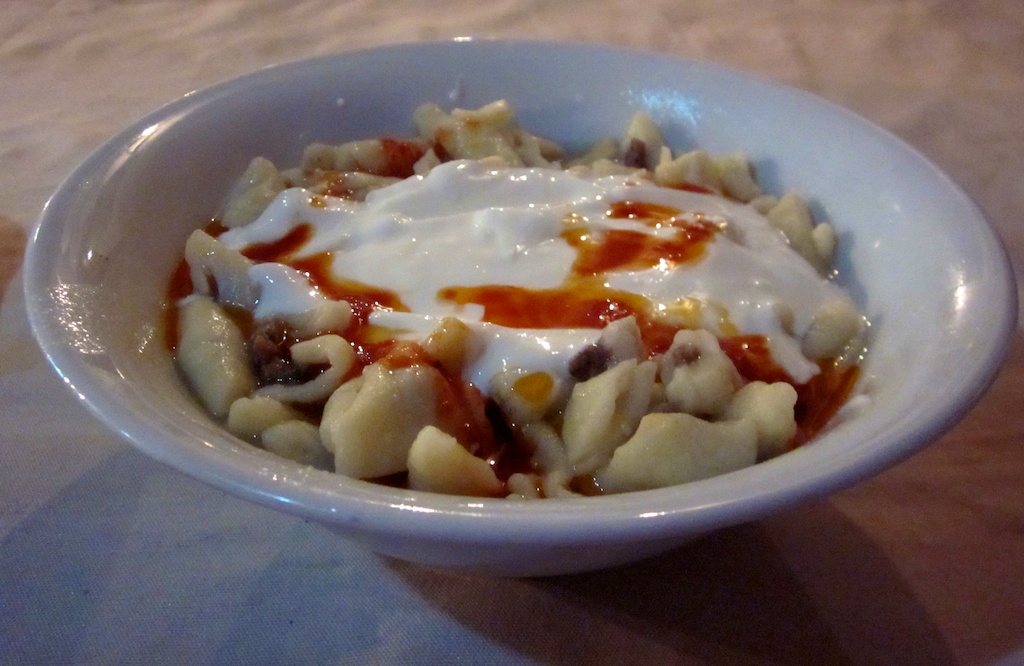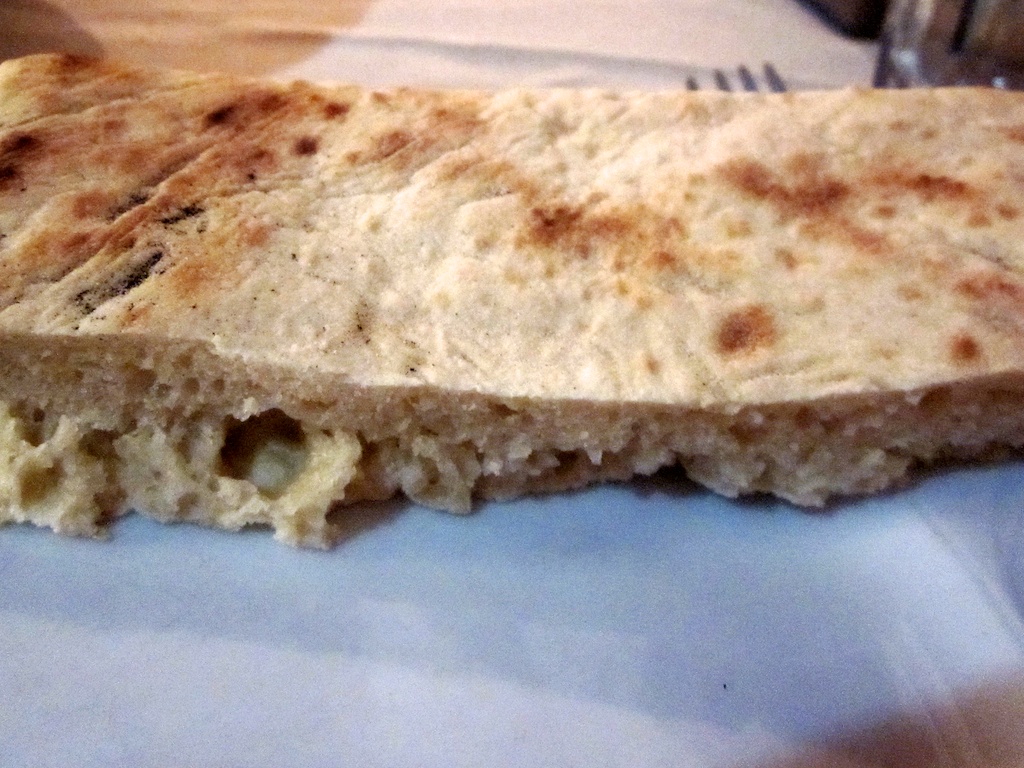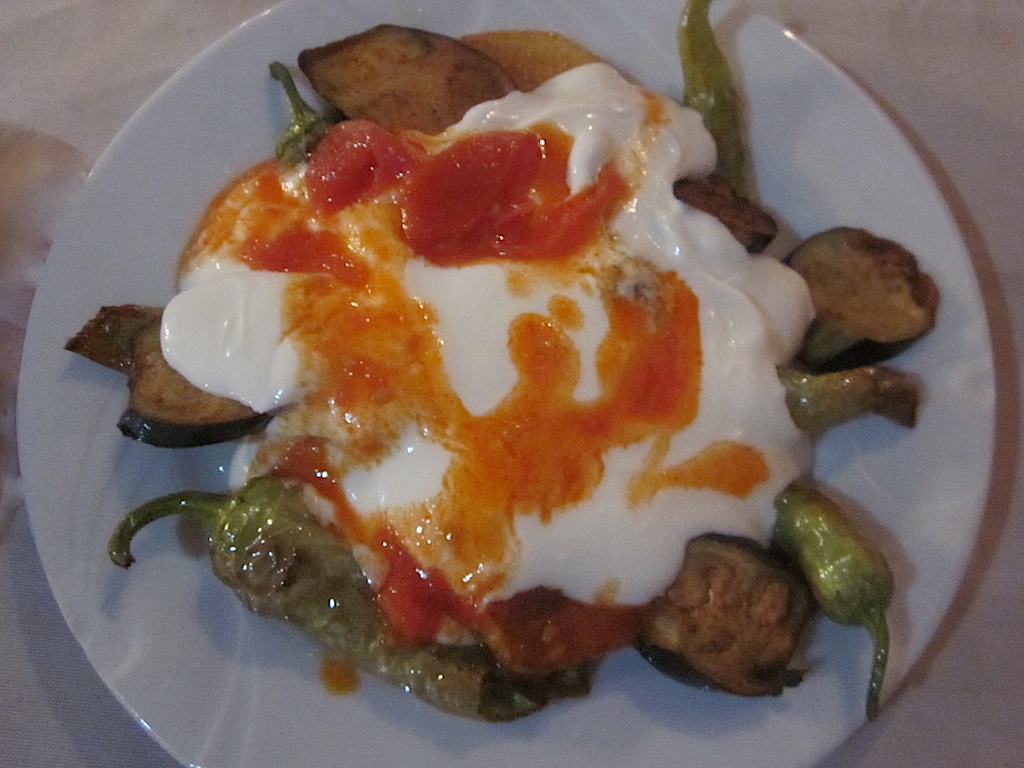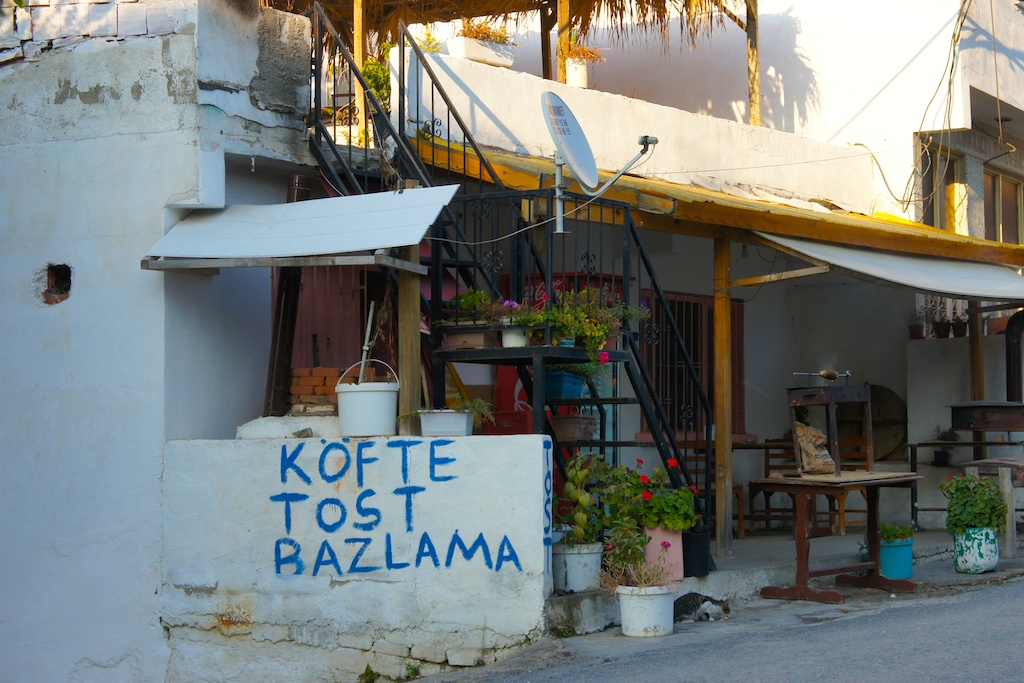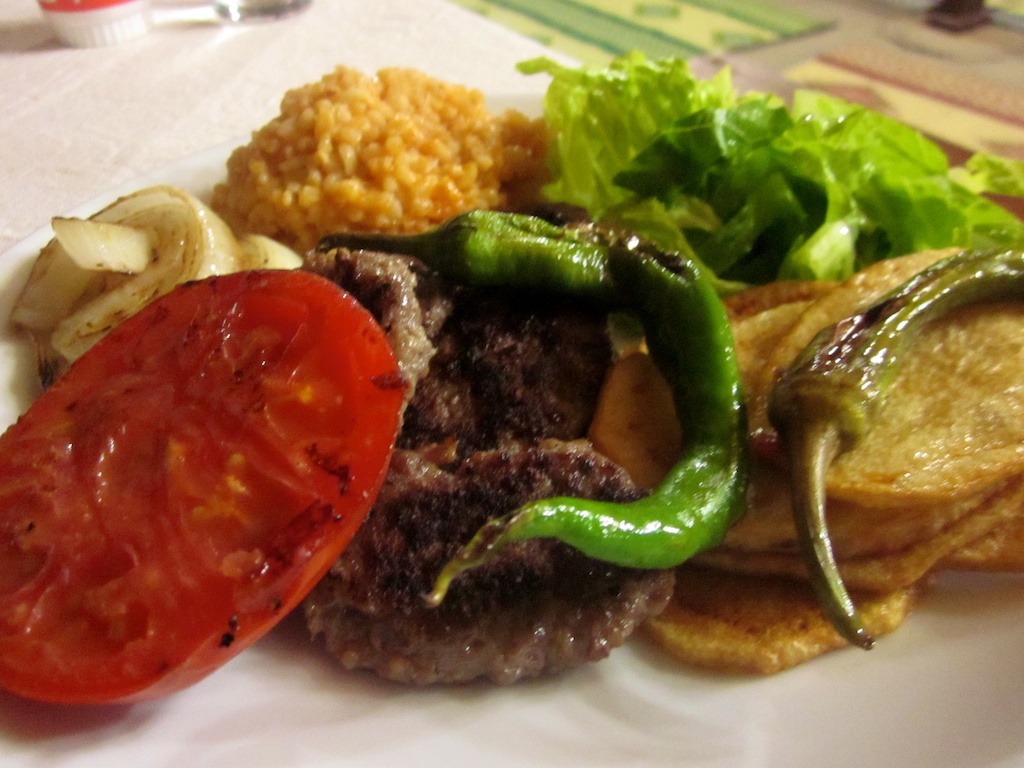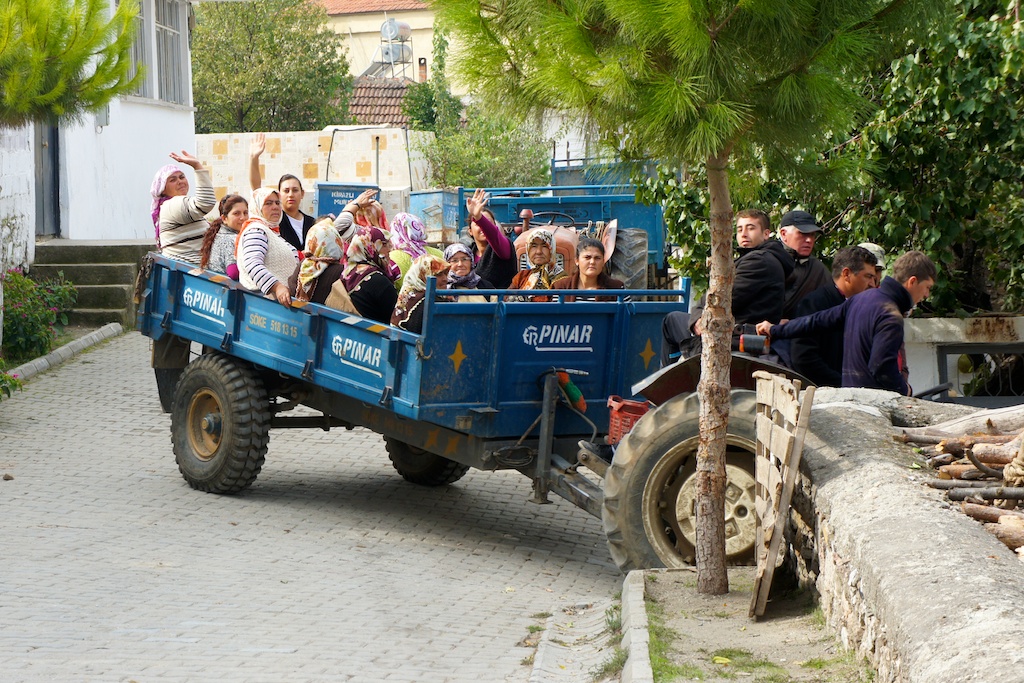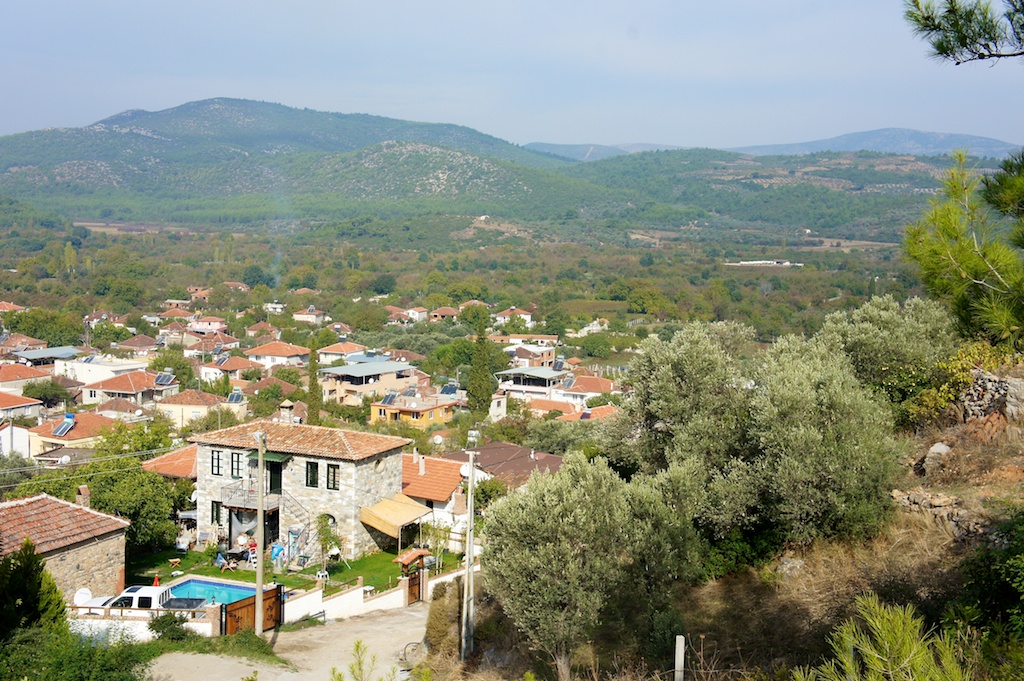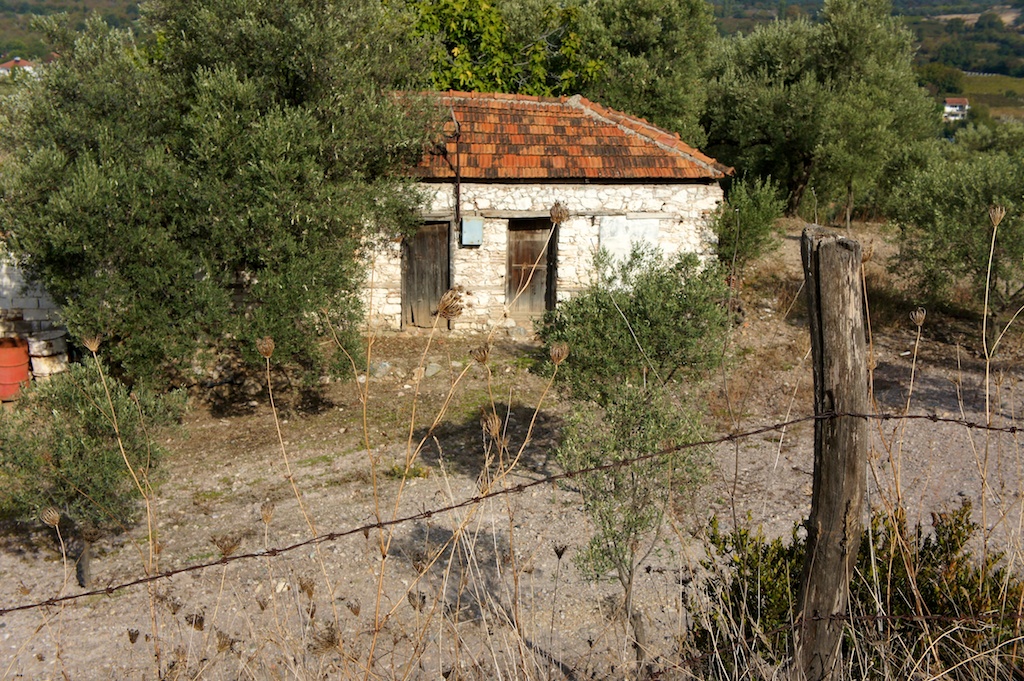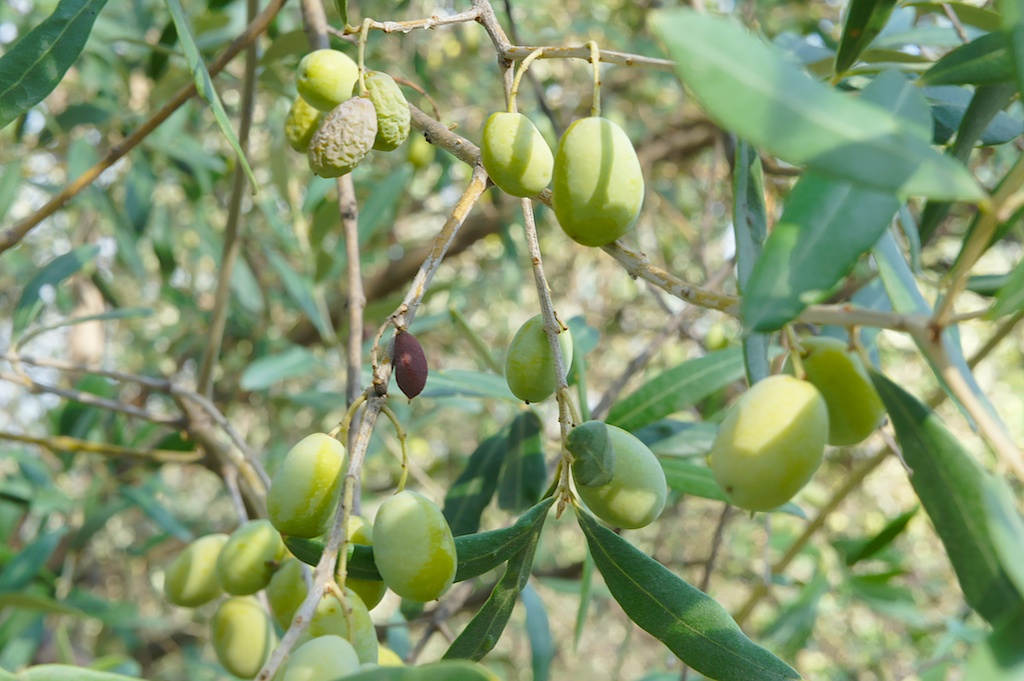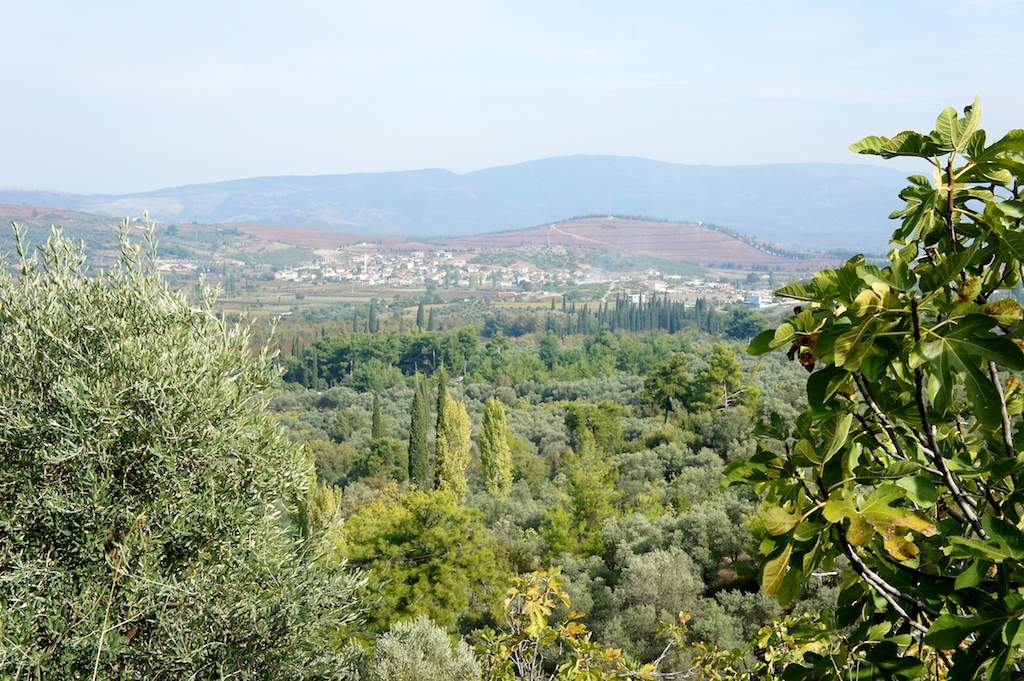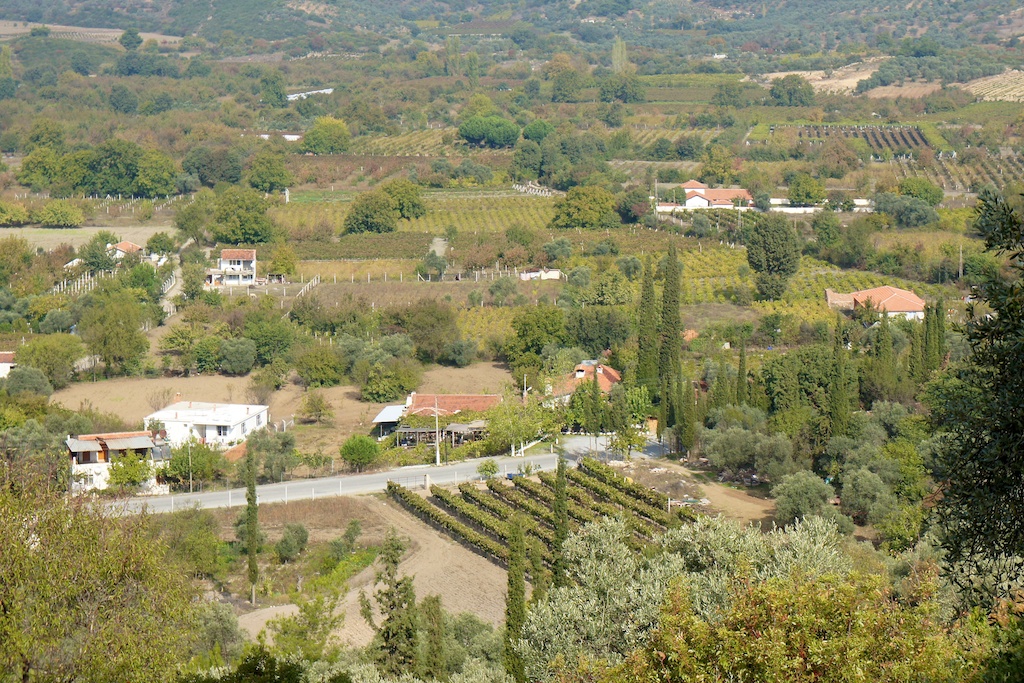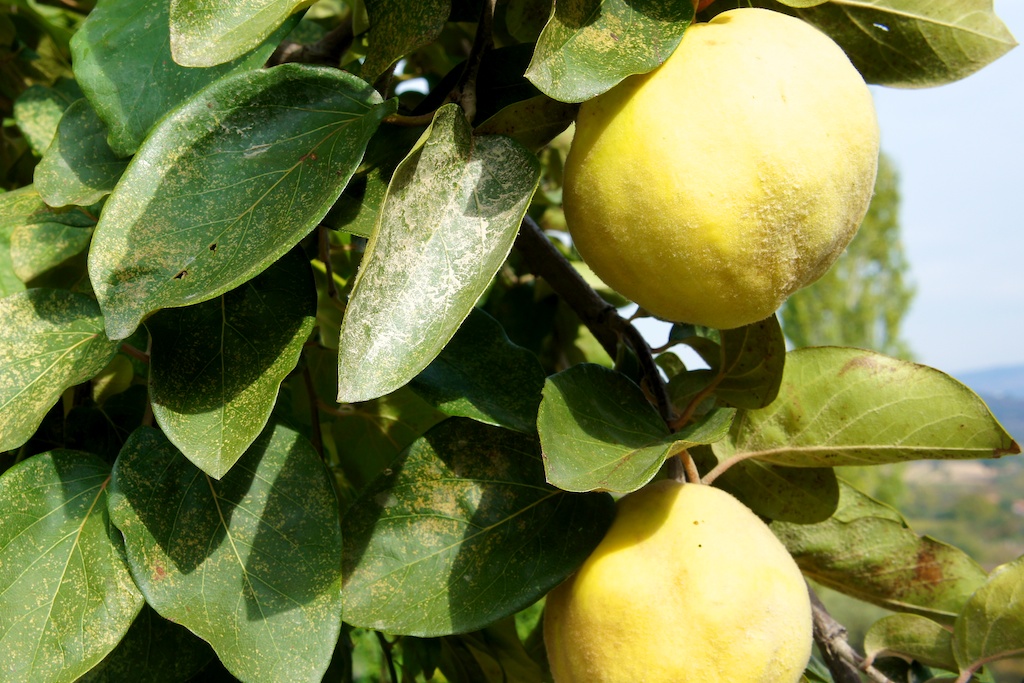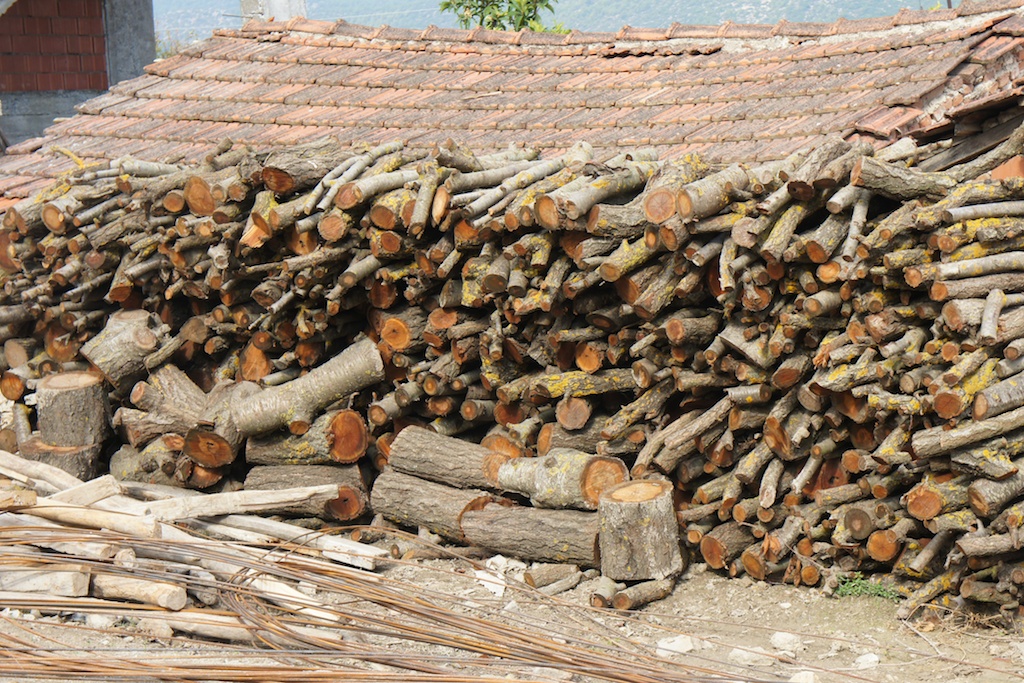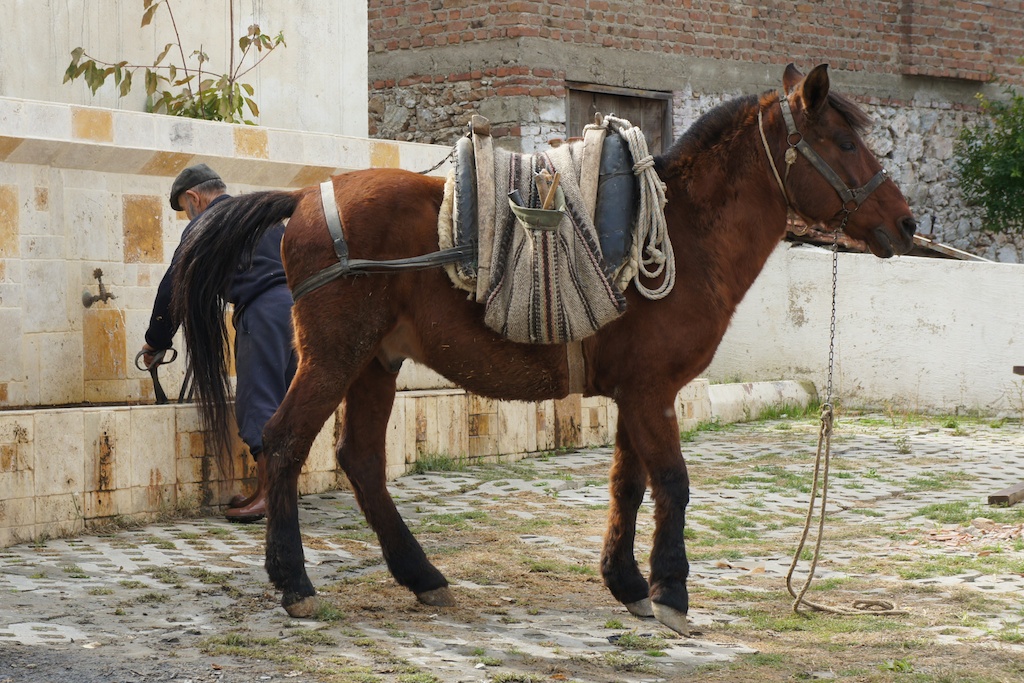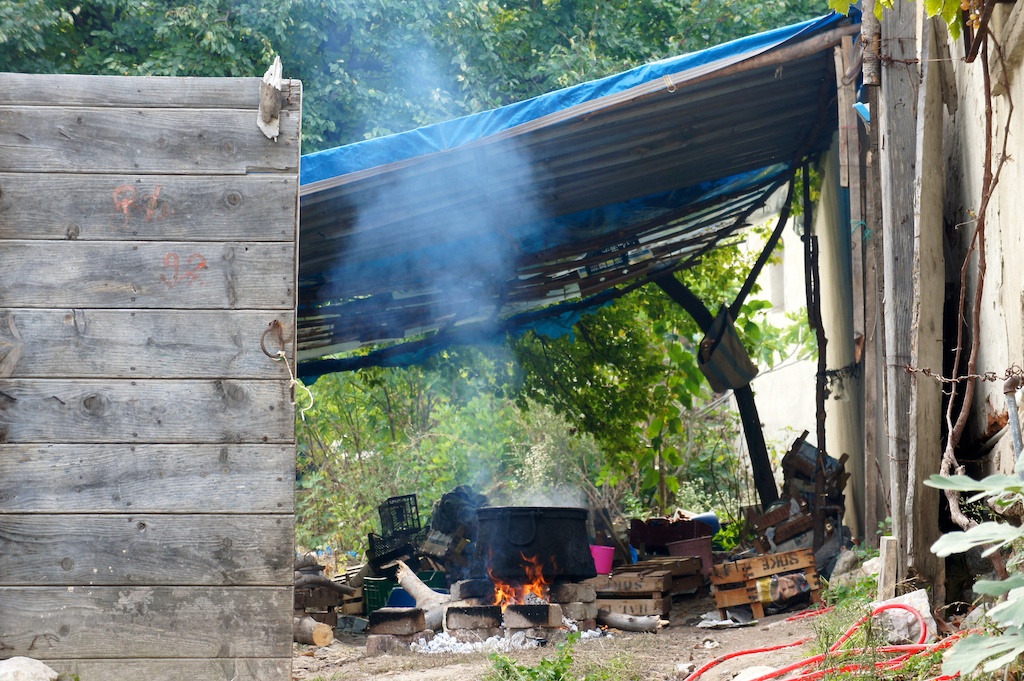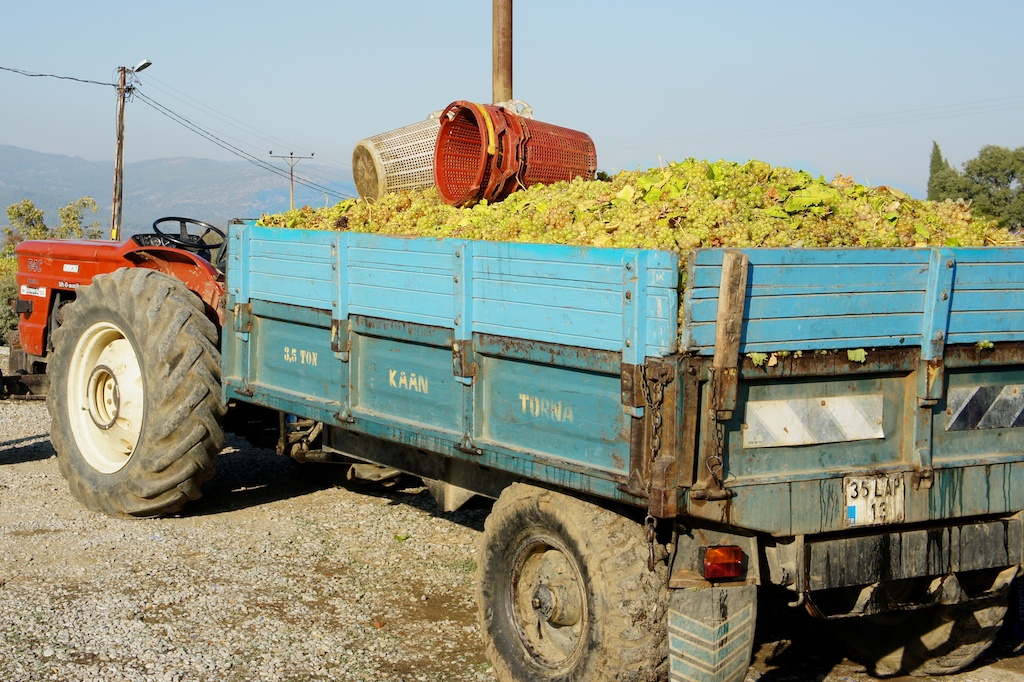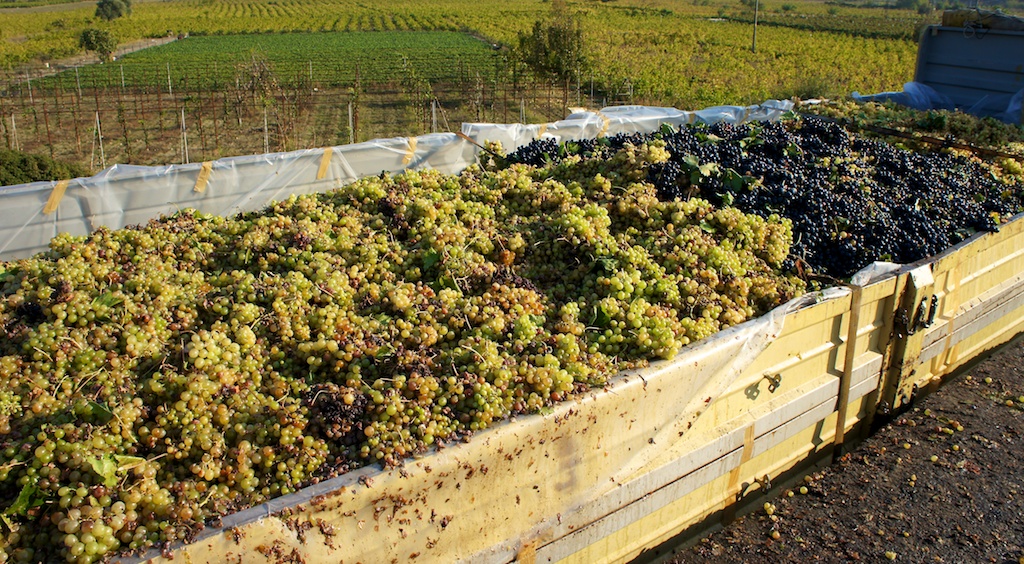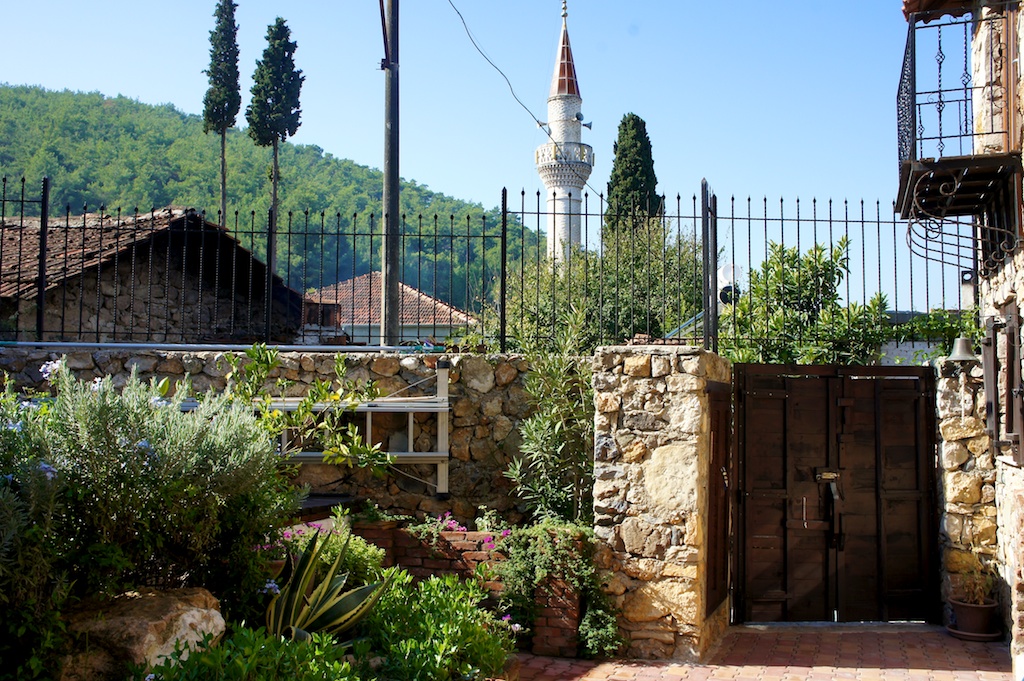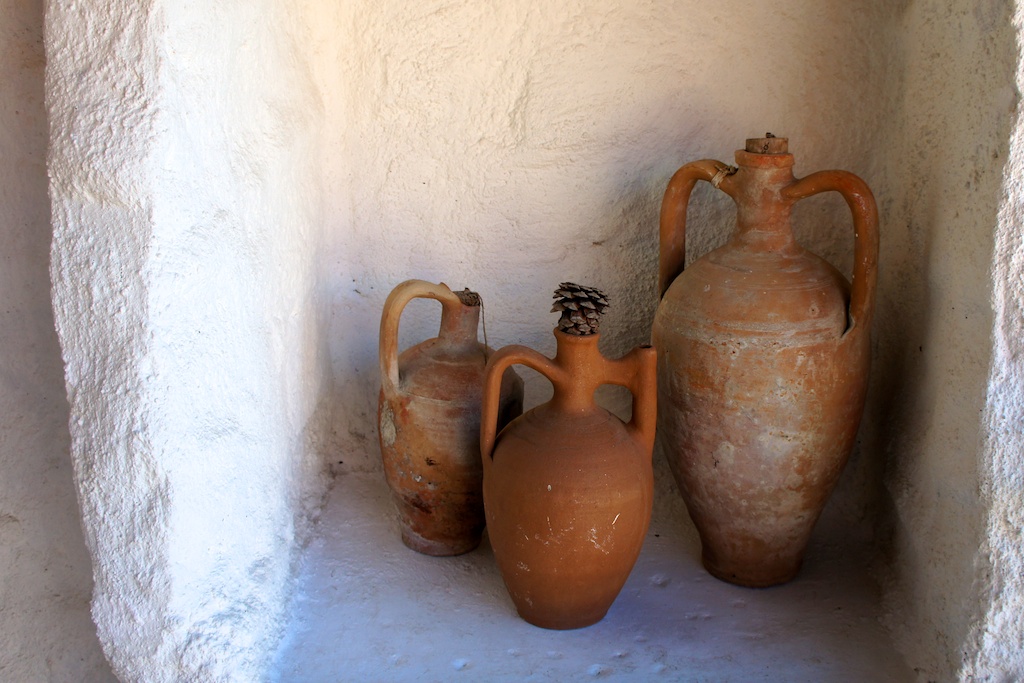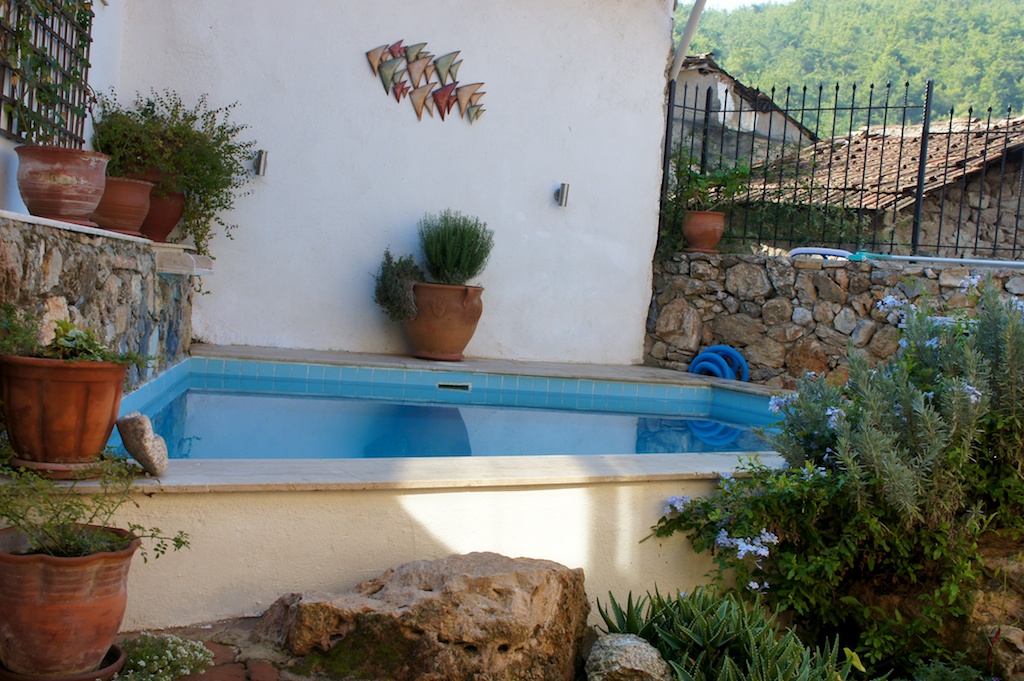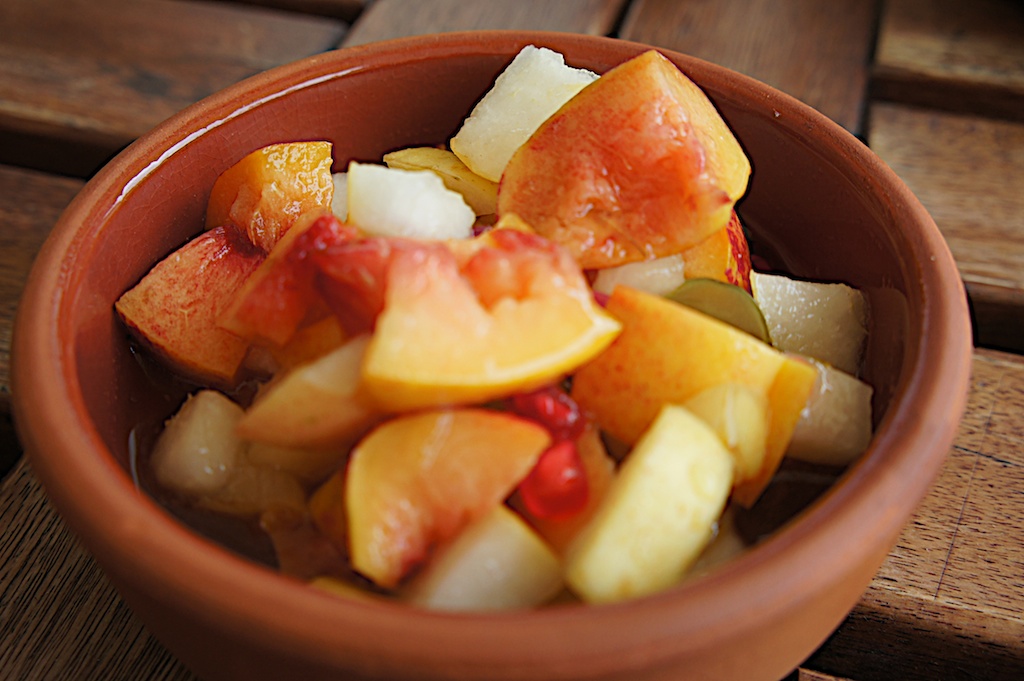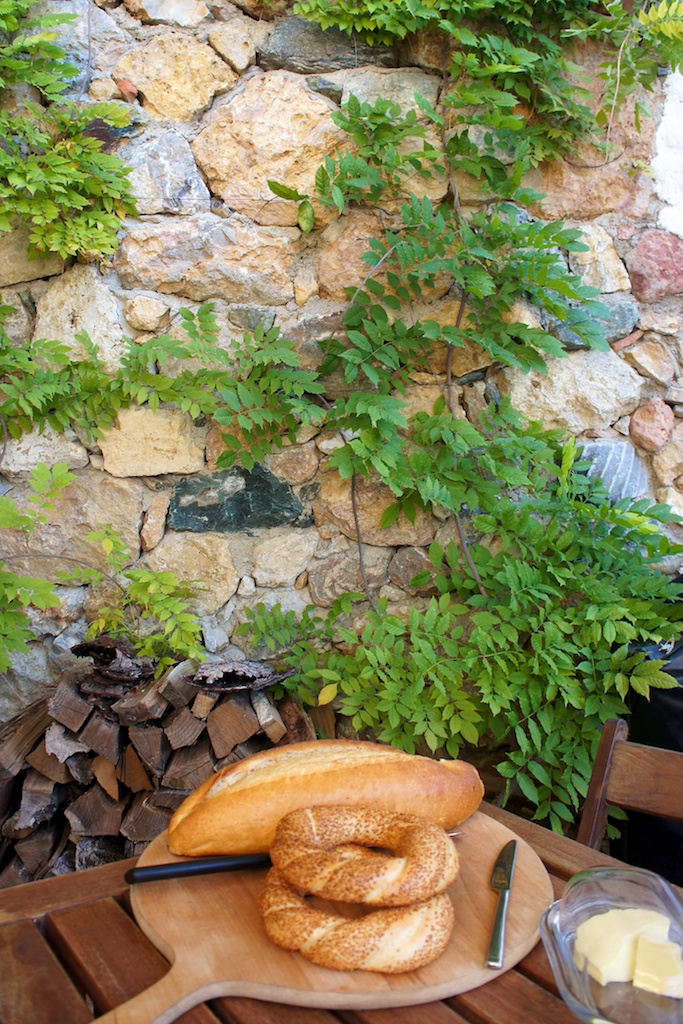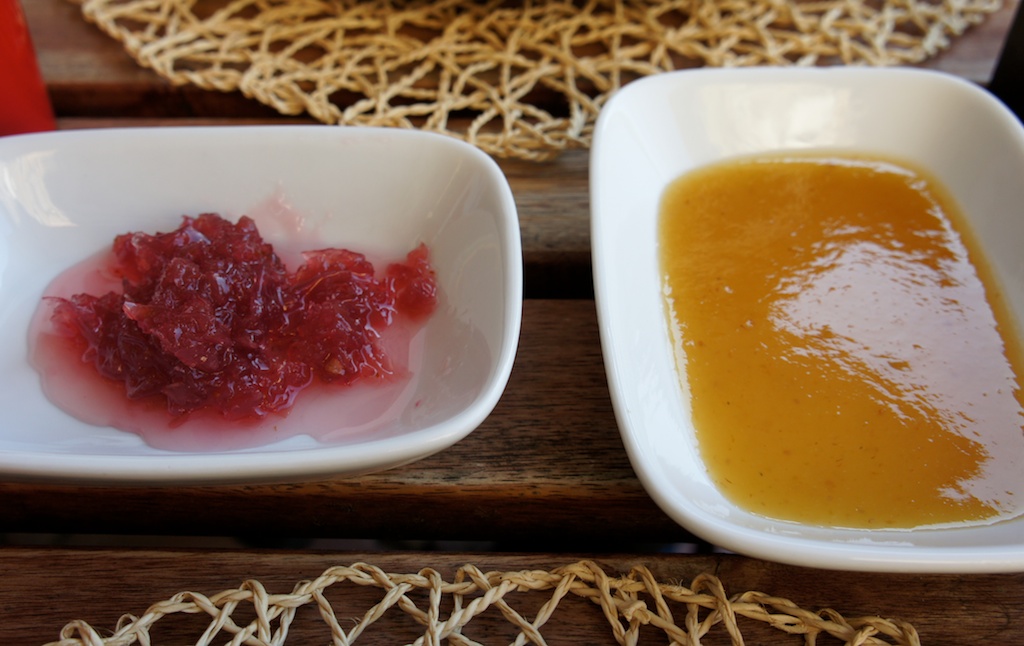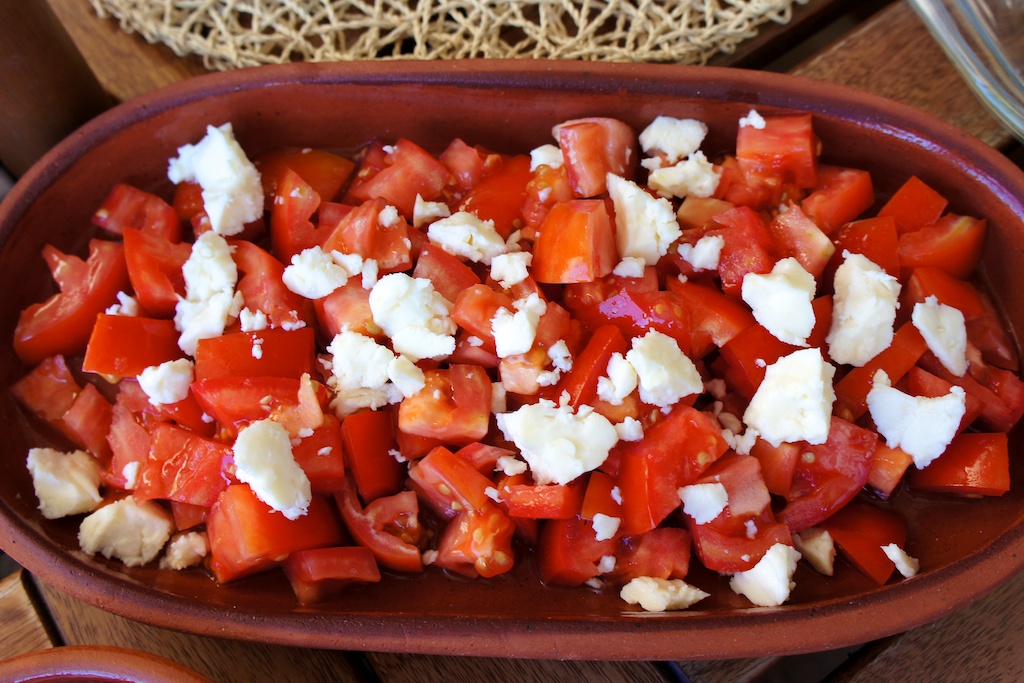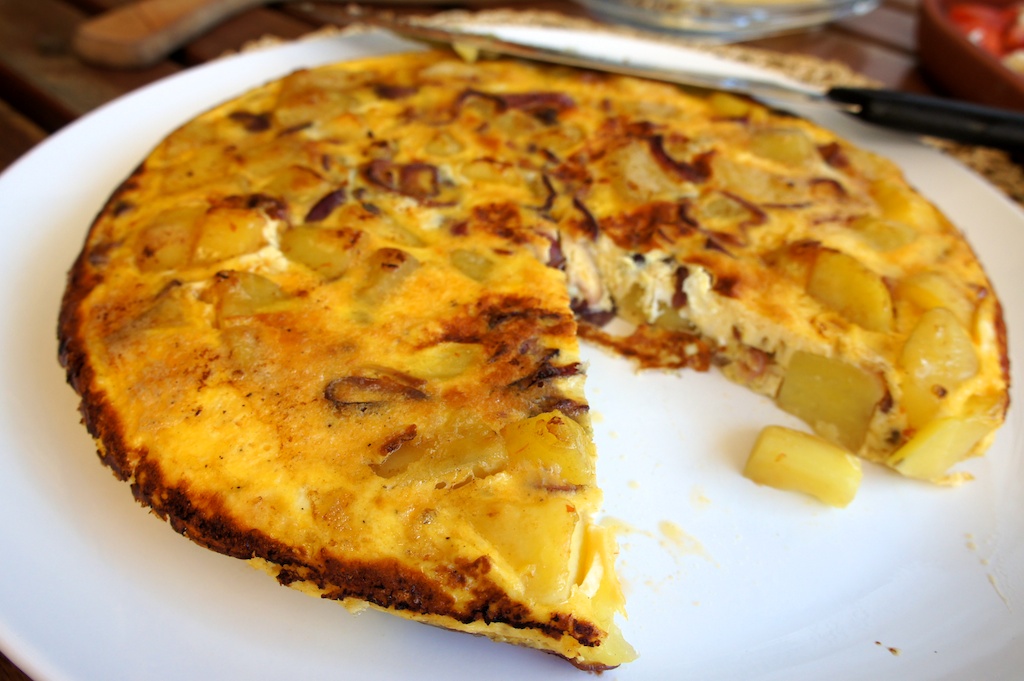Turkey: Kirazli Köy
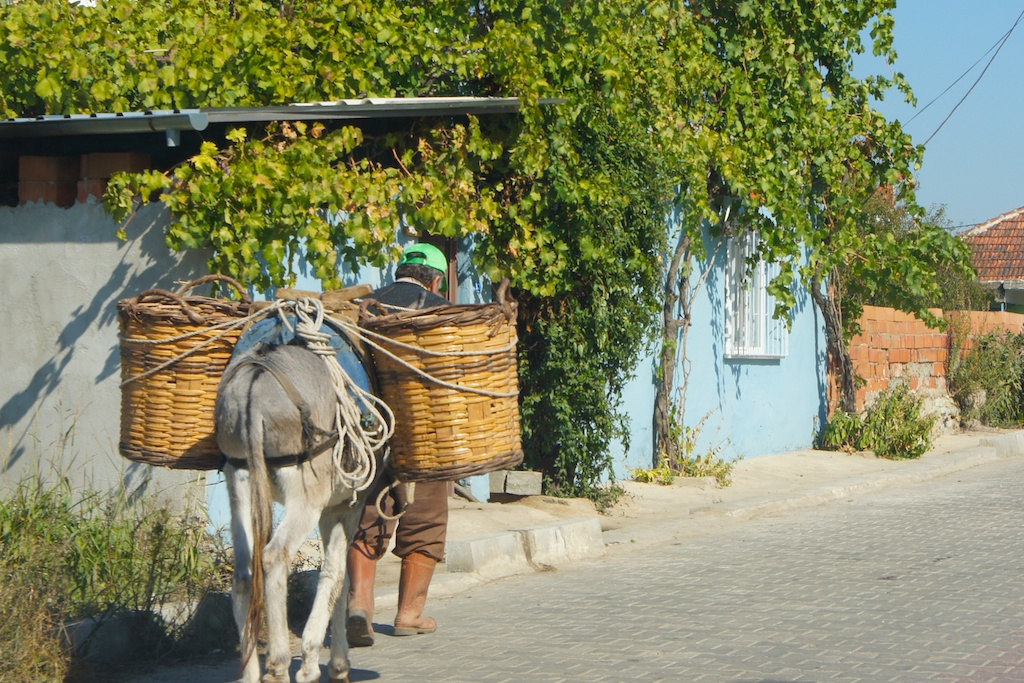 When we decided to go to Ephesus, I began to look for places to stay. There are a few surrounding towns with accommodations in the area: Kusadasi, which is on the water and popular with the cruise crowd; Selçuk which is the town where Ephesus is actually located but lacks character; and Şirince, a charming town that is famous for it's fruit wines, and apparently, expensive hotels. After poking around lots of hotel websites I decided to check out AirBnB. For those who have never used it, AirBnB is a site that lets home owners rent out all our part of their homes for as little as one night or as long as they wish. The owners have the power to accept or reject any guest applicant and can decide how much to charge.
When we decided to go to Ephesus, I began to look for places to stay. There are a few surrounding towns with accommodations in the area: Kusadasi, which is on the water and popular with the cruise crowd; Selçuk which is the town where Ephesus is actually located but lacks character; and Şirince, a charming town that is famous for it's fruit wines, and apparently, expensive hotels. After poking around lots of hotel websites I decided to check out AirBnB. For those who have never used it, AirBnB is a site that lets home owners rent out all our part of their homes for as little as one night or as long as they wish. The owners have the power to accept or reject any guest applicant and can decide how much to charge.
On there, I found the adorable and affordable Artists Studio in the village of Kirazli, about 15 minutes away from Ephesus. I liked this option because we would have our own studio, completely separate form the owners' house next door so we would have complete privacy, and at $60 a night it was the cheapest thing I'd seen that wasn't a hostel. Plus, Kirazli looked like a very interesting and traditional village, which was more along the lines of what we were interested in.
As we approached Kirazli (which is accessible by a Dolmus that drives from Selçuk to Kusadasi, but we had rented a car), after driving through it's neighbor-village, Gokcealan, we could hardly contain our excitement. This seemed to be the real deal: a traditional Turkish village complete with stone houses and tractors. Not only is Kirazli a traditional Köy, or village, but it is an organic one at that. All the farms are organic and the village has begun working together to market their cottage industry products of jams, preserves, and oils.
There is a farmer's market every Sunday and a small stand set up everyday (where we bought some homemade pasta that we later cooked in India, which was fabulous), and several excellent restaurants serving traditional village food, like koftë (meatballs), manti (meat-stuffed pasta triangles in a tomato sauce and topped with yogurt), and gözleme (thin pancakes with cheese filling).
The most popular restaurant is the Köy Sofrasi, right on the main road as you enter the village, and it did not disappoint.
Our other favorite meal was at what appeared to be someone's home. We sat outside as the wife/mother worked away in the kitchen right inside, serving up possibly the best köfte in Turkey.
Not to mention, everyone in the village is incredibly friendly. The village itself is beautiful. Kirazli means cherry in Turkish and the surrounding mountains are filled with cherry and pine trees, although it wasn't cherry season when we were there, unfortunately. (Although I'm pretty sure it was grape season) There are several hiking trails leading out from the village and it's very easy to be outdoorsy there.
Our hosts at the Artist's Studio were wonderful. Karyn, originally from Wales, built the stone house in the traditional village style five years ago and has become a real part of the community. You can read her blog here. She and her friend Nick know everything about Kirazli and the surrounding area, and they also serve excellent breakfasts and snacks, of course using mostly local ingredients. The Studio was the perfect base for us to explore Ephesus and beyond and we were sad to leave after only two nights.
